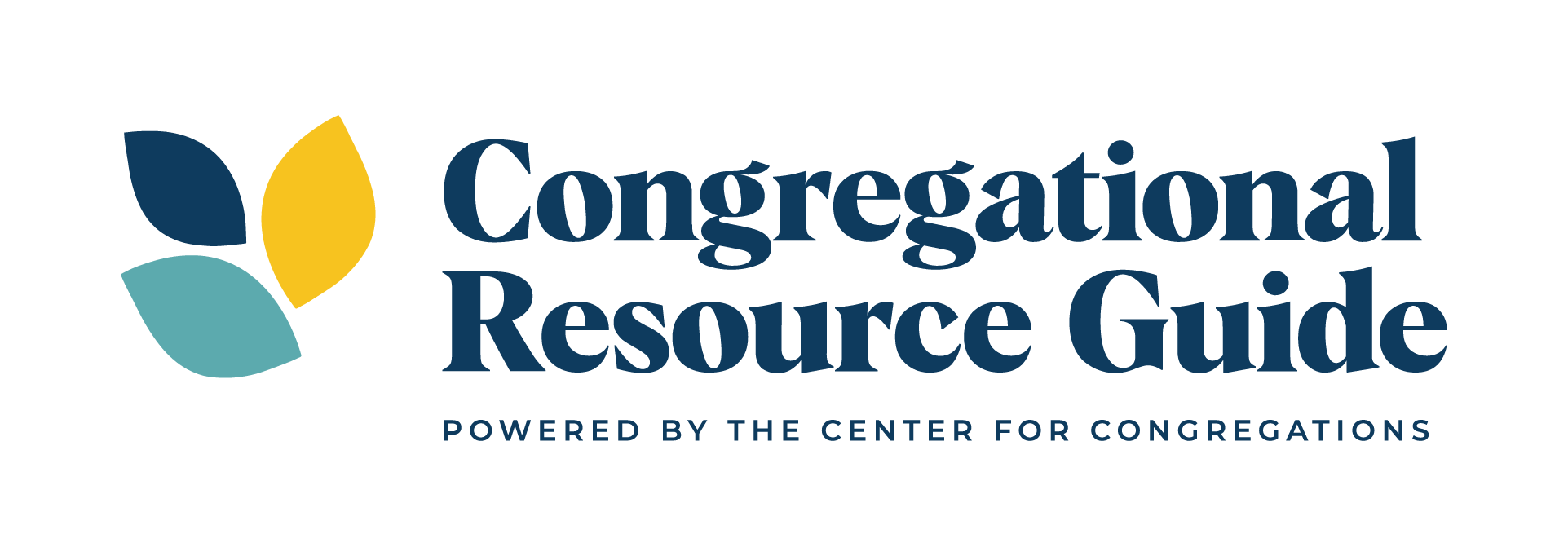Sometimes funds are scarce. God has created the world abundant with water, trees, blue skies and people we love. Though we have what we need, we don’t have everything. In congregations, this lack is sometimes evident regarding budgets.
Budget realities
The finance team would like to increase the budget for youth ministry, but the cost for the new parking lot is an unpleasant surprise. Or, pledges are down because a major employer left town. There is a widening gap between income and expenses.
Sometimes a congregation’s board does have to decrease the budget. Tough decisions are part of leadership in a faith community, just as they are in a business or a family. It is common for leaders to have difficulty deciding where to make budget cuts and for how much. The discussions about budget cuts can be as unpleasant as the cuts themselves.
Shortened budget
Here’s an idea that might be helpful if you face decreasing income. Try creating a budget for a period less than a year. Create a provisional first quarter budget or establish a half-year budget.
By shortening the time frame of your budget, you leave room for positive, unforeseen adaptations. You also feel the pain of shortfalls incrementally. The downside to this is that your congregation could be delaying a painful decision; pushing the inevitable down the path and hoping someone else doesn’t stumble over it later. However, shortening the timeline of your budget in times of scarcity can be a way for your congregation to be more nimble, to adjust more quickly to difficulties or opportunities.
Congregational story
During a recession, one congregation chose to freeze salaries, but only for the first quarter. The board agreed to revisit the decision after four months. When the time arrived for further consideration, giving had increased almost ten percent. This happened, in part, because the congregants knew about the provisional decision and many members boosted their offering because they wanted to support the hard working staff. As a result, each staff member received a two percent raise.
Resources you can use
When it comes to congregational budgeting, sometimes tried and true resources are among the best. Kennon Callahan’s Effective Church Finances is a practical book for clergy and laity alike.
When money is tight, illustrate the budget situation with more than numbers. Some congregations create narrative budgets, a way to represent income and expenses with graphs, illustrations, and even stories. The article Narrative Budgets, prepared by the Anglican Church of Canada, will provide you with more information.
If you have a specific budgeting question, use our chat function or email us to begin a conversation.
We want to help you move from scarcity to possibility.


